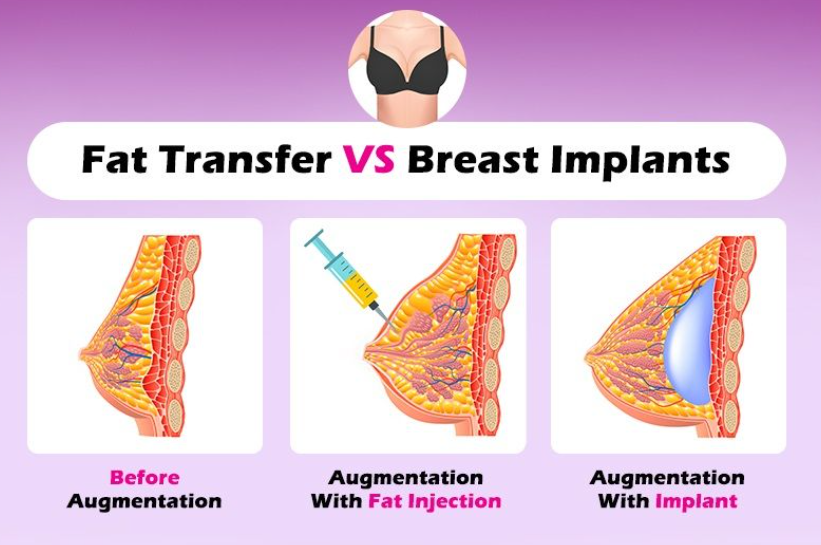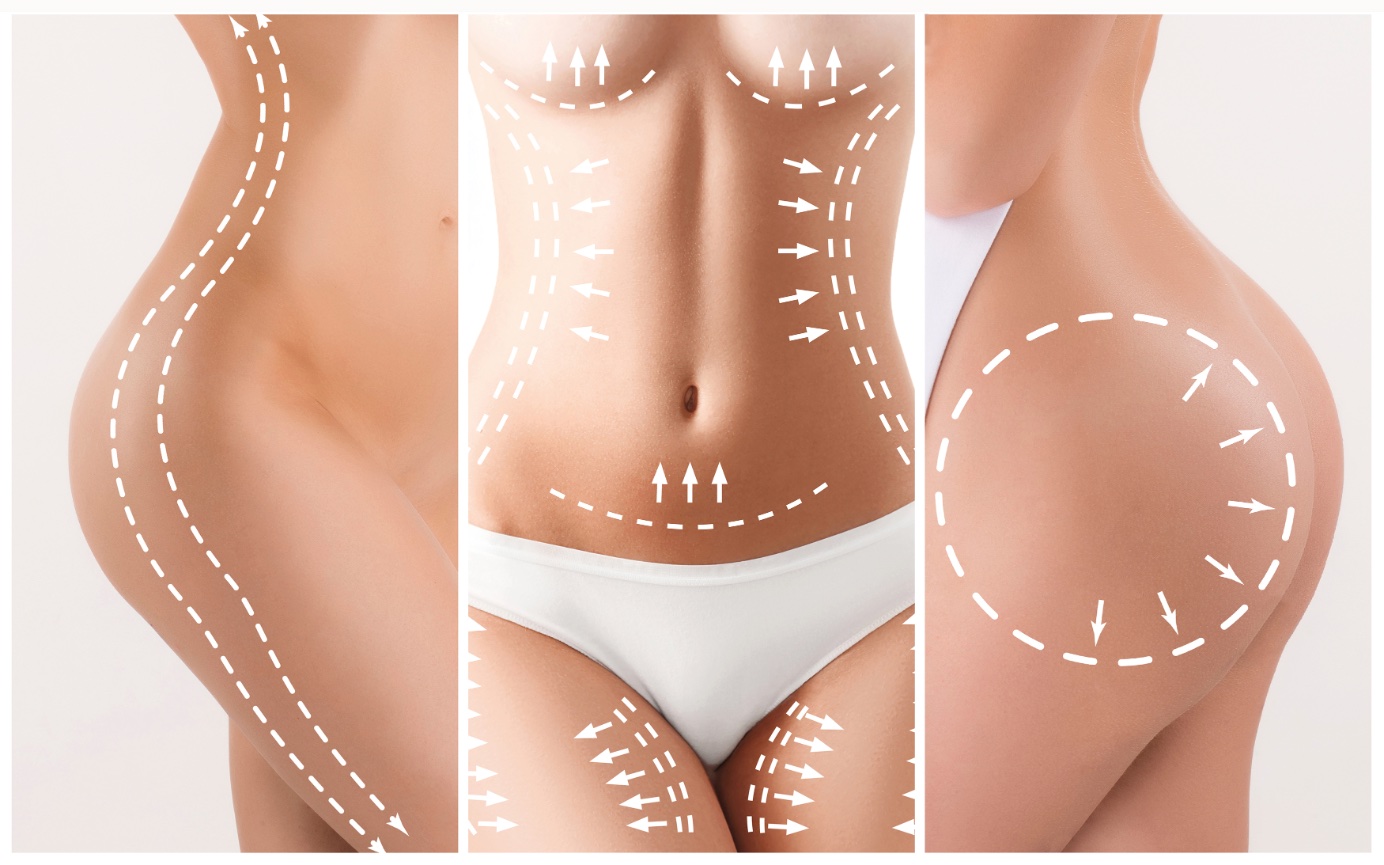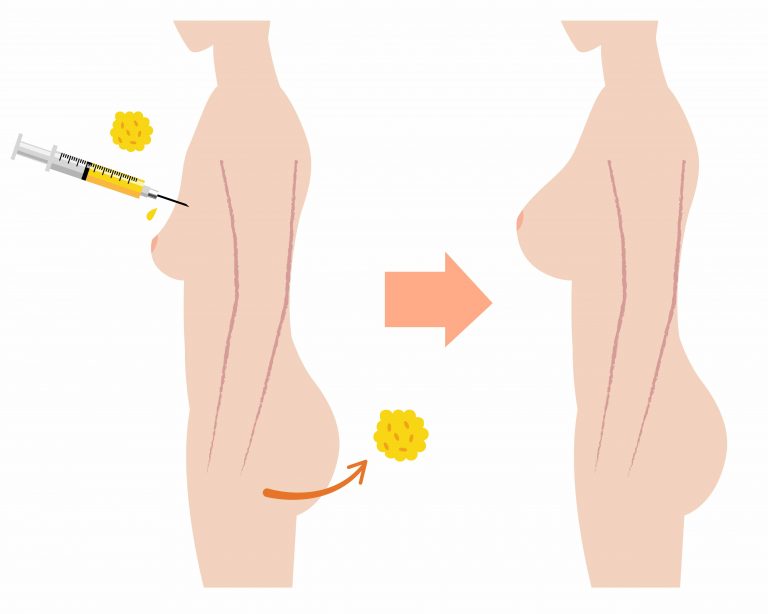Table of Contents
Breast Implants Versus Fat Transfer: Pros & Cons Of Each Procedure
Choosing the right plastic surgery procedure can be a tough decision. In this article, we’ll dive into the pros and cons of two popular procedures – breast implants and fat transfer to the breast – to help you decide which is best for you. We’ll also explore what each procedure entails and how they differ from one another. So if you’re considering either of these options, take a few minutes to read on!
 Introduction
Introduction
There are a few different ways to achieve larger, fuller breasts: breast implants, fat transfer, or a combination of the two. So, which is best? Let’s take a look at the pros and cons of each procedure to help you decide.
Breast implants are by far the most popular way to achieve larger breasts. They are also the most effective way to achieve dramatic results. The downside is that they require surgery and there is always a risk of complications.
Fat transfer is a newer procedure that uses your own fat to enlarge your breasts. The upside is that it is less invasive than surgery and has a lower risk of complications. The downside is that it can be less effective than implants and the results are not as long-lasting.
So, which is right for you? Only you can decide! Talk to your doctor about your goals and concerns to help you make the best decision for your body.
What is Breast Implant Surgery?
There are a few different types of breast implant surgery, but the most common is augmentation mammaplasty. This procedure involves using implants to increase the size and shape of the breasts. The implants can be filled with either saline or silicone gel, and are placed either under the chest muscle or directly behind the breast tissue.
Fat transfer breast augmentation is a newer technique that uses your own body fat to add volume to the breasts. This type of surgery is often done in conjunction with liposuction, so that excess fat can be removed from other areas of the body and used to plump up the breasts. One advantage of fat transfer over traditional implants is that it can provide a more natural look and feel to the breasts. However, fat transfer Breast Implants may not last as long as traditional implants, and there is a risk that some of the injected fat could be reabsorbed by the body over time.
 What is Fat Transfer Surgery?
What is Fat Transfer Surgery?
Fat transfer surgery is a procedure in which fat is removed from one area of the body and injected into another. It can be used to add volume to the breasts, buttocks, or face.
The fat is usually taken from the abdomen or thighs through liposuction. It is then purified and injected into the desired area using a syringe. The fat cells will eventually settle into their new location and begin to grow new blood vessels.
This type of surgery can be performed as an outpatient procedure and typically requires only local anesthesia. Recovery times vary depending on the extent of the procedure, but are generally shorter than with traditional breast implants.
There are several benefits to fat transfer surgery over breast implants, including a lower risk of infection and capsular contracture (hardening of the breast tissue around the implant), a more natural look and feel, and the ability to harvest fat from areas where there may be excess (such as the abdomen or thighs). However, it should be noted that fat transfer surgery is not ideal for everyone and there are some risks involved. These include uneven results, reabsorption of the fat cells, and asymmetry.
Pros and Cons of Breast Implants
There are a few key things to consider when choosing between breast implants or fat transfer. First, think about your goals for the surgery. Are you looking for a more natural look, or do you want to go bigger? Second, consider your budget. Breast implants tend to be more expensive than fat transfer, although this will also depend on the surgeon you choose and the type of implants you get. Finally, think about your recovery time. Breast implants require a longer recovery time than fat transfer, so if you’re looking to get back to your life as soon as possible, fat transfer may be the better option.
Now that we’ve covered the basics, let’s dive into the pros and cons of each procedure:
Breast Implants:
Pros:
-Can achieve a larger size than with fat transfer
-More predictable results
-Longer lasting results
-Can be combined with other procedures such as a lift or reduction
Cons:
-More expensive than fat transfer
-Longer recovery time (usually around 6 weeks)
-May require additional surgeries down the road
 Pros and Cons of Fat Transfer to Breasts
Pros and Cons of Fat Transfer to Breasts
There are a few key differences between fat transfer to breasts and breast implants. One is that fat transfer to breasts uses your own body fat, whereas breast implants use either silicone gel or saline. Another key difference is that fat transfer to breasts is a minimally invasive procedure, while breast implants require an incision.
That being said, there are also some similarities between the two procedures. For instance, both can give you larger, fuller breasts. And both come with potential risks and side effects, such as infection and scarring.
So, which is right for you? Here’s a look at the pros and cons of each procedure to help you decide:
Pros of fat transfer to breasts:
Uses your own body fat, so there’s no risk of rejection or allergic reaction
Minimally invasive procedure with less scarring
Results are more natural-looking and feeling than breast implants
Cons of fat transfer to breasts:
Factors to Consider When Choosing Between the Two Procedures
When choosing between breast implants and fat transfer, there are a few factors to consider. First, think about your desired look. Breast implants will add volume to the breasts, while fat transfer will add fullness and shape. Second, consider your budget. Breast implants are typically more expensive than fat transfer, although the price of each procedure can vary depending on the surgeon and other factors. Third, think about your overall health. Both procedures have risks and complications that should be discussed with your surgeon beforehand. Finally, keep in mind that both procedures are considered elective surgery, so you should choose the option that is right for you and your body.
Recovery Timeline Comparison Between the Two Procedures
There are a few key differences between breast implants and fat transfer when it comes to recovery. For starters, fat transfer is typically a less invasive procedure with shorter recovery times. Patients can expect to take around two weeks off from work or their normal routine to heal. With breast implants, the recovery time is generally longer – patients usually need to take four to six weeks before they can resume their regular activities.
When it comes to pain and discomfort, both procedures come with some level of discomfort and pain during the recovery period. However, many patients report that the pain from fat transfer is more manageable compared to breast implants. Additionally, swelling and bruising are also more common after breast implant surgery.
Overall, patients who choose fat transfer as their method of breast augmentation can expect a shorter recovery time and less pain and swelling than those who opt for implants. However, it’s important to keep in mind that each person’s experience is unique and you should consult with your surgeon about what to expect during your own individualized recovery process.
Risks and Complications for Both Procedures
There are many risks and complications associated with both breast implants and fat transfer procedures. These include infection, capsular contracture, implant rupture, asymmetry, and nipple/breast sensation changes. Additionally, fat transfer procedures can result in fat necrosis (death of fat cells), which can lead to lumpiness or asymmetry. There is also a risk that the fat will be reabsorbed by the body over time, which can lead to a need for repeat procedures.
 Conclusion
Conclusion
Breast implants and fat transfer are two different procedures for enhancing the size, shape, and fullness of your breasts. Both have their own pros and cons that you should consider before making a decision as to which is right for you. Ultimately, it will depend on your specific needs and preferences as to what would be best. If you’re still unsure after considering both options, we recommend talking with a board-certified plastic surgeon who can help answer any additional questions or concerns you may have about either procedure.

